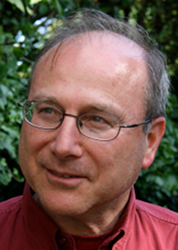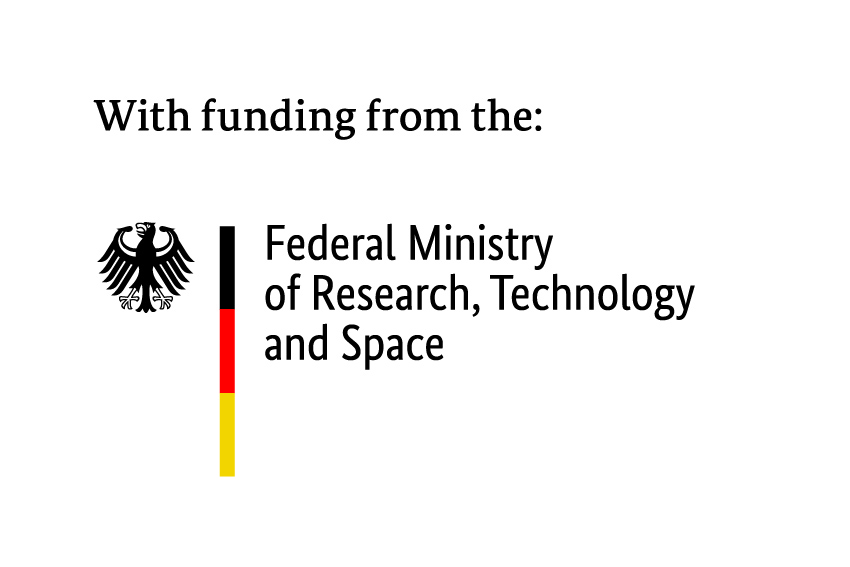Humboldt Fellow, short-term Fellow at c:o/re (03/23 − 04/23), (10/23 − 11/23) and (01/24 − 03/24)

Giora Hon read Physics at Tel Aviv University and then History and Philosophy of Science at the University of London. He was awarded the PhD for a dissertation on the concept of experimental error (1985). As a faculty member of the University of Haifa and a Humboldt Fellow he developed a philosophical analysis of the concept of error in general and its role in experimentation in particular and published extensively on the theme of error. In 2003 he initiated a collaboration with the MPI for the History of Science which resulted in the project, “Generating Experimental Knowledge”. He subsequently embarked, as a Dibner Fellow at MIT, on a study of the concept of symmetry. The resulting monograph (co-authored with B. R. Goldstein) was completed in 2008 in the Netherlands where he was a NIAS Fellow. He then turned his attention, together with his co-author, to methodologies and studied Maxwell’s electromagnetism (2020).
Reciprocity of Formulation: Maxwell’s Idea of Translating Textual Expression to Symbolic Expression and Back
It is a philosophical truism that the cognitive faculties of human thinking create abstract patterns of thought that correspond—within some conceptual framework—to certain natural phenomenon. These patterns of thought are categorically different and quite distinct from the phenomenon in question. What is not a truism is the extent to which a thinker is aware of the relations that establish the connections between the phenomenon in question and the corresponding patterns of thought. Indeed, insights into these patterns of thought and their relations to a phenomenon could be used to forge methodological tools to advance scientific research. Maxwell did not engage in purely philosophical discussions; however, he was receptive to the manipulation of these relations in order to generate novel scientific knowledge.
I propose to study Maxwell’s demand for reciprocity between physics and mathematics which he transformed into a methodology relating the verbal to the symbolic, where the verbal is textual and the symbolic is mathematical. In his first paper in the domain of electromagnetism (1858) this means that Faraday’s verbal account was turned into a symbolic account by means of a “mathematical analogy”. In the second paper (1861–1862) the means of transforming the verbal description of the phenomena into the symbolic is the molecular vortex hypothesis. In the third paper (1865) the translation is explicit: Maxwell began with Faraday’s verbal descriptions of the phenomena and then turned them into symbolic formulations—equations. Finally, the Treatise (1873) is richer than all the preceding stations in instances of translation with an emphasis on the role of mental imagery. The required criterion of translation (and retranslation) is here explicit and well elaborated. This indicates that Maxwell became more aware of his inclination to grasp a certain scientific truth in different “languages”. This theme will be the subject of my research.
Publications (selection)
Hon, Giora & Goldstein, Bernard R. 2022. Interpretation in Electrodynamics, Atomic Theory, and Quantum Mechanics. In Oxford Handbook of the History of Interpretation of Quantum Physics, ed. by Olival Freire Jr. et al. Oxford: Oxford University Press, pp. 937–956.
Hon, Giora & Goldstein, Bernard R. 2020. Reflections on The Practice of Physics: James Clerk Maxwell’s Methodological Odyssey in Electromagnetism. London and New York: Routledge.
Hon, Giora & Goldstein, Bernard R. 2008. From Summetria to Symmetry: The Making of a Revolutionary Scientific Concept. Dordrecht: Springer.
Hon, Giora. 2005. Kant vs. Legendre on Symmetry: mirror images in philosophy and mathematics. In Centaurus 47: 283–297.
Hon, Giora. 1989. Towards a Typology of Experimental Errors: an Epistemological View. In Studies in History and Philosophy of Science 20: 469–504.



